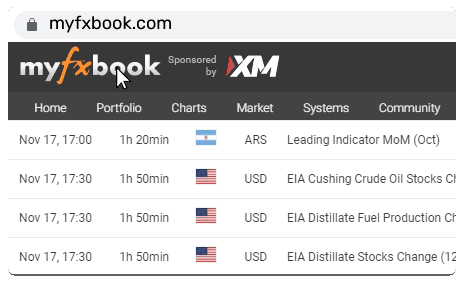GBP/USD Outlook Potential Impact of BoE Policy on the British Pound's Performance

The British pound (GBP) has exhibited marked volatility over recent months, driven by a combination of global financial trends and domestic monetary policy expectations. Earlier in the year, the pound demonstrated notable strength, benefiting from favourable conditions that bolstered its appeal. However, this upward momentum was disrupted in August, as market turbulence triggered a corrective phase. Despite this setback, a recovery soon followed as investors adjusted their positions in anticipation of upcoming monetary policy decisions from the Bank of England (BoE).
What are the Drivers of GBP Performance
A key factor contributing to the pound's strong performance has been its role in carry trades, a strategy where investors borrow in low-yield currencies to invest in higher-yielding ones. The relatively higher yields offered by UK assets, compared to other G10 economies, have attracted traders looking to capitalize on this differential. However, the sustainability of this advantage is increasingly being questioned. Market speculation suggests that the BoE may soon pivot toward a more dovish monetary stance, potentially reducing interest rates in response to slowing economic growth and persistently weak inflation figures. Such a move could erode the pound's yield advantage, especially if other central banks, such as the European Central Bank (ECB) and the U.S. Federal Reserve, maintain a more hawkish or cautious approach.
Economic Data and the BoE’s Interest Rate Outlook
Recent economic data has shown signs of underperformance in key areas, including services inflation, wage growth, and GDP expansion. These factors are contributing to an increasingly fragile economic outlook, raising the likelihood of the BoE pursuing deeper rate cuts. Market participants have begun pricing in the possibility of significant reductions in the Bank Rate by 2024. If realized, this could make the GBP less attractive to investors, particularly those relying on high-yield strategies.
However, it's worth noting that a drastic shift in BoE policy seems improbable in the immediate term. Nevertheless, the central bank’s forthcoming decisions will offer critical insights into the potential trajectory of interest rates. The evolving makeup of the BoE’s Monetary Policy Committee (MPC) adds another layer of uncertainty, as new members could introduce differing views on inflation risks and the broader economic environment. Should these changes lead to a more dovish consensus, the pound’s appeal relative to other currencies, such as the euro or U.S. dollar, could diminish, especially if rate cuts in these economies are more measured.
Quantitative Tightening and Market Implications
Beyond interest rates, the BoE's approach to quantitative tightening (QT) will be another important factor to monitor. The central bank has been gradually unwinding its balance sheet by reducing its holdings of government bonds and other assets accumulated during previous rounds of monetary easing. While the BoE is likely to continue with its QT plans, there is speculation that it may adopt a more cautious pace to prevent financial market disruptions. Although the direct impact of QT on the GBP/USD pair may not be immediately evident, any unexpected changes in the QT schedule or strategy could trigger shifts in market sentiment, resulting in heightened currency volatility.
Risks and Opportunities: Short- and Long-Term GBP Outlook
In the short term, the pound may continue to benefit from its yield advantage, especially if the BoE opts for a gradual approach to rate cuts. However, the long-term outlook presents greater risks, with the potential for a weaker GBP if economic data continues to falter and the BoE moves more aggressively to stimulate growth. A more dovish policy would likely put downward pressure on the currency, particularly if other major central banks maintain a tighter policy stance.
Investors should remain vigilant, as the upcoming MPC meetings could provide clearer signals regarding the scope and timing of future rate cuts. Any unexpected developments in monetary policy could exacerbate GBP volatility, especially if economic conditions worsen or global market risks intensify.
In summary, while the GBP may find near-term support from its relatively higher yields and gradual BoE policy shifts, the risks of a longer-term decline are becoming more pronounced. The possibility of deeper rate cuts, combined with weak economic fundamentals, could weigh on the pound’s performance. As the BoE navigates a complex economic landscape, the potential for volatility remains high, and traders should be prepared for both opportunities and risks in the months ahead.
This content may have been written by a third party. ACY makes no representation or warranty and assumes no liability as to the accuracy or completeness of the information provided, nor any loss arising from any investment based on a recommendation, forecast or other information supplies by any third-party. This content is information only, and does not constitute financial, investment or other advice on which you can rely.



















